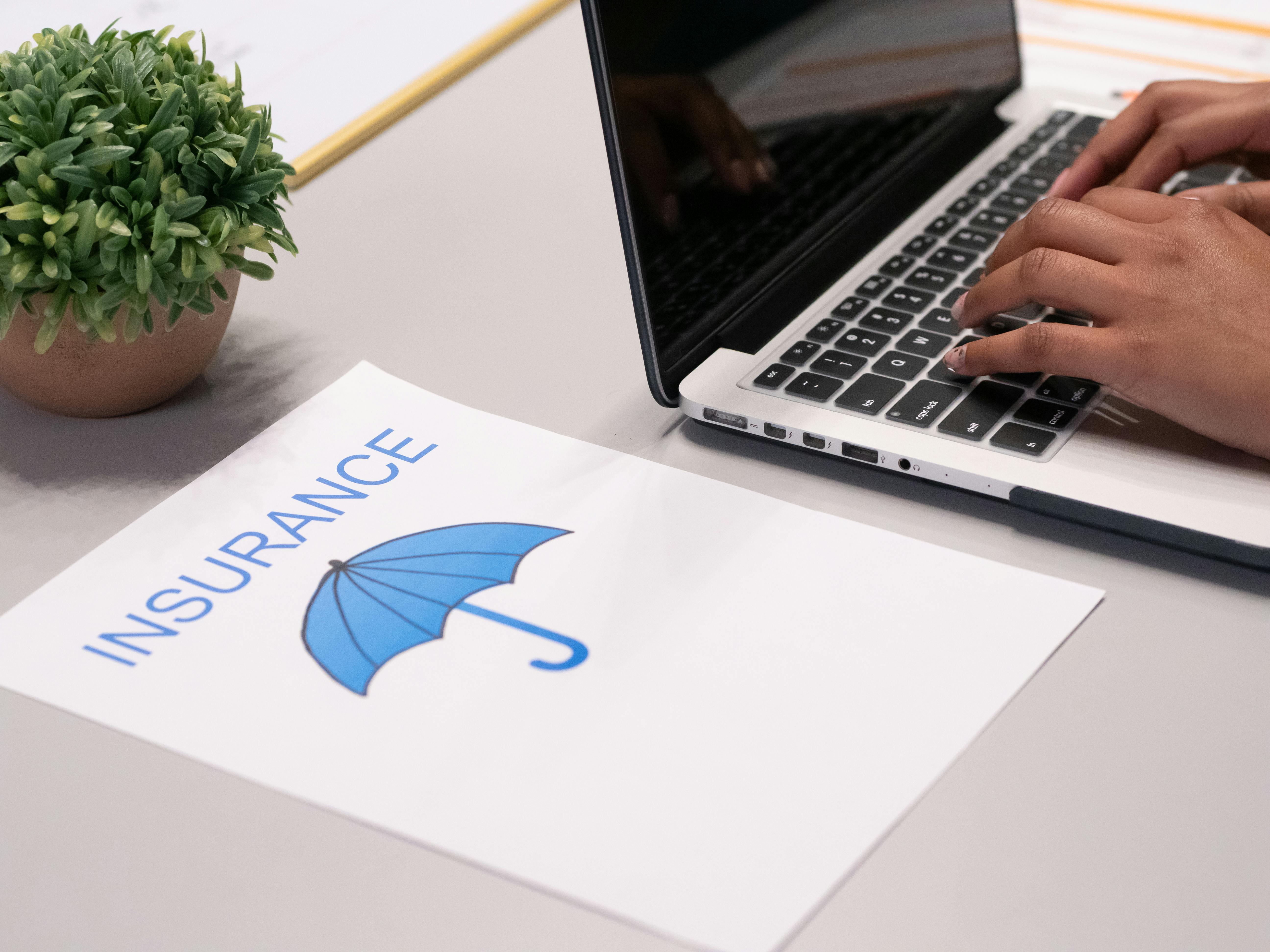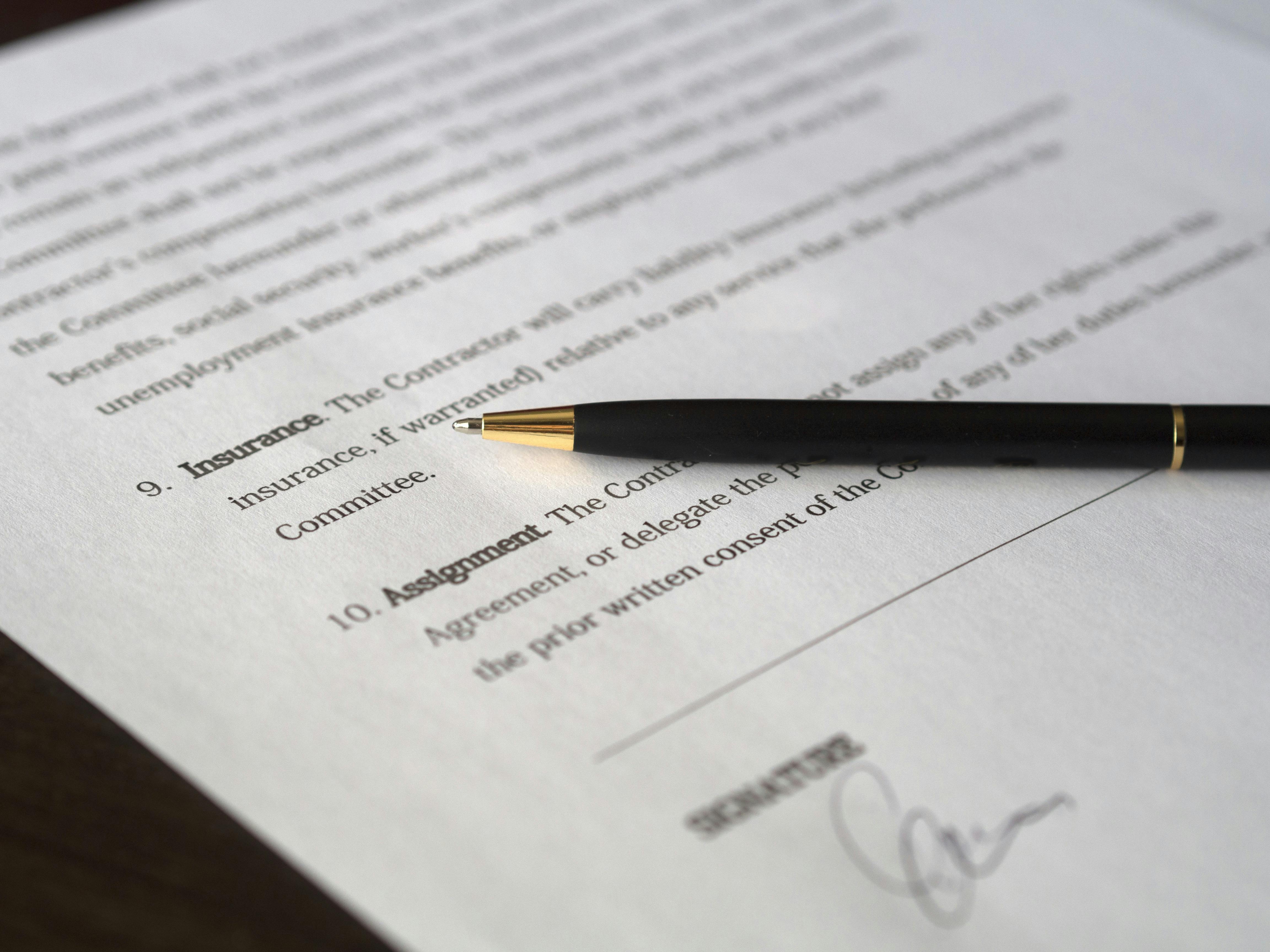In today's rapidly evolving world, technology is reshaping nearly every facet of our lives — from how we communicate to how we shop, work, and even protect ourselves. One of the most fascinating transformations happening now is in the insurance industry. Gone are the days of one-size-fits-all policies; instead, we’re witnessing a surge in personalized insurance plans driven by advances in data analytics, artificial intelligence (AI), and IoT (Internet of Things).
But what does this mean for you? How does this shift impact your coverage, premiums, and overall financial security? And why is personalized insurance poised to become the new standard? Let’s dive deep into this exciting frontier that’s truly revolutionizing the way we think about insurance.
The Traditional Insurance Model: A Look Back
Before we explore the future, it’s important to understand the baseline. For decades, insurance providers relied on broad risk categories to determine premiums and coverage options. Car insurance, health insurance, home insurance — they all followed a similar pattern:
- Assess risk based on generalized factors (age, location, health history)
- Offer set packages with limited customization
- Use statistical models to predict risk, often leading to premiums that don't perfectly match individual circumstances
While this approach has provided a manageable way to serve large populations, it also meant that many people paid more than they should or lacked coverage suited to their specific needs.
The Shift Toward Personalization: What’s Changing?
Today, technological innovations are breaking down these barriers:
1. Data-Driven Risk Assessment
Thanks to the proliferation of digital devices and sensors, insurers now collect massive amounts of data about individuals and assets. For example:
- Telematics technology in car insurance tracks driving behavior (speed, braking, mileage)
- Wearable health devices monitor vital signs and activity levels
- Smart home sensors detect fire, water leaks, or break-ins
This data allows insurers to tailor policies to actual behaviors and conditions instead of broad assumptions.
2. Artificial Intelligence & Machine Learning
AI algorithms analyze data patterns for more accurate risk profiles. These insights enable:
- Real-time adjustments to premiums
- Even proactive suggestions to mitigate risk (e.g., recommending health exercises or safer driving habits)
3. IoT and Smart Devices
The Internet of Things connects everyday objects to the internet, creating a seamless flow of information that enhances personalized coverage. For example:
- A smart thermostat can reduce fire risk
- Connected vehicles can alert drivers to hazardous conditions
- Home security systems can automatically notify owners and insurers of incidents
How Personalized Insurance Benefits Consumers
This reimagining of insurance models offers several compelling advantages:
1. Fairer Premiums
Rather than paying based on generalized data, policies now reflect your actual risk profile, potentially lowering costs for safer or healthier individuals.
2. Better Coverage, Less Waste
Insurance providers can offer nuanced policies tailored precisely to your needs — say, a comprehensive health plan for someone with a active lifestyle but minimal car coverage if you rarely drive.
3. Incentives for Safer Behavior
Real-time feedback and rewards encourage safer habits. For example, safe driving data could lead to discounts, while health metrics might promote healthier lifestyles.
4. Faster Claims and Service
With instant data access, claims processing becomes quicker, often with automated assessments. Some companies even settle claims automatically based on sensor reports, making the process less stressful.
Challenges and Concerns
Of course, this revolution isn’t without hurdles:
1. Privacy and Data Security
When sensitive personal data is constantly collected, the risk of breaches or misuse grows. Ensuring robust security and transparent policies is crucial.
2. Data Bias & Accuracy
AI models can inadvertently reinforce biases or make errors if the input data isn’t comprehensive or fair.
3. Accessibility & Equity
Technological solutions might not be accessible to everyone, potentially widening the gap between different socio-economic groups.
The Future of Personalized Insurance
Looking ahead, the landscape is poised for extraordinary growth:
- Usage-Based Premiums Will Become Standard: As sensors and devices become ubiquitous, expect flexible pricing that adjusts daily or even hourly based on real-time behavior.
- Integration with Smart Cities: Insurance policies might tie directly into city infrastructure, optimizing safety at a community level.
- Telehealth & Remote Monitoring: Health insurance could be seamlessly connected with healthcare providers for continuous monitoring and personalized care plans.
- Blockchain & Smart Contracts: These technologies could further automate claims and policy management, increasing transparency and reducing costs.
Practical Tips for Consumers
If you're interested in tapping into this trend, here are some steps to get started:
- Update Your Devices: Consider wearable tech, smart home devices, or telematics options your insurer offers.
- Review Privacy Policies: Make sure you’re comfortable with how your data will be used and stored.
- Ask About Custom Plans: When renewing policies, inquire whether insurers offer personalized options based on your lifestyle.
- Stay Informed: Keep an eye on emerging technologies and how they might impact your coverage and premiums.
In Conclusion
The rise of personalized insurance represents a pivotal shift toward more fair, transparent, and efficient coverage. With data and technology at the core, insurers can now tailor policies to individual risk profiles, benefiting consumers with lower premiums and better fit coverage. However, balancing innovation with privacy, security, and equity remains essential.
This is just the beginning — the future of insurance will be dynamic, digital, and deeply personalized. If you’re ready to embrace these changes, you’ll be better protected, more cost-effective, and perhaps even motivated to lead a safer, healthier lifestyle.
Are you excited about this revolution? Or do you prefer the traditional models? Share your thoughts below!



